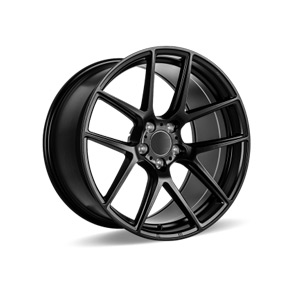clutch fluid pipe
Understanding Clutch Fluid Pipes Their Importance and Maintenance
The clutch system in a vehicle is crucial for smooth transmission functionality. It enables drivers to shift gears seamlessly, which is essential for vehicle control. One of the key components of this system is the clutch fluid pipe. Although often overlooked, this vital part plays a significant role in the performance of the clutch system. In this article, we will explore the function of clutch fluid pipes, their importance, how to maintain them, and what problems might arise if they fail.
What Is a Clutch Fluid Pipe?
A clutch fluid pipe, commonly known as a clutch line, is a tube that transports hydraulic fluid from the master cylinder to the slave cylinder in a hydraulic clutch system. When the driver presses the clutch pedal, the master cylinder generates hydraulic pressure, which is transmitted through the fluid in the pipe to the slave cylinder, disengaging the clutch. Proper functioning of this system is essential to ensure that the clutch engages and disengages smoothly, allowing the driver to change gears without difficulty.
Importance of Clutch Fluid Pipes
The integrity of the clutch fluid pipe is critical for the overall performance of the clutch system. If the pipe is damaged or develops leaks, it can lead to a loss of hydraulic pressure. This may result in a scenario where the driver is unable to disengage the clutch, making it impossible to change gears. Such a malfunction can lead to severe driving problems, including stalling, excessive wear on clutch components, or even complete failure of the clutch system.
Moreover, the clutch fluid pipe is designed to withstand high levels of pressure and temperature, as the hydraulic fluid heats up during operation. A well-maintained pipe ensures that the clutch system can operate efficiently under various driving conditions, including stop-and-go traffic and high-speed driving.
Common Issues and Signs of Failure
Over time, clutch fluid pipes can suffer from wear and tear due to exposure to high temperatures, road debris, and corrosion. Here are some common issues drivers should be aware of
1. Leakage One of the most obvious signs of a failing clutch fluid pipe is fluid leakage. If you notice fluid pooling under your vehicle or around the clutch area, it could indicate a damaged pipe.
2. Soft or Spongy Clutch Pedal When the clutch pedal feels soft or spongy, it often signifies that air has entered the system due to a leak. This can hinder the proper functioning of the clutch, making it difficult to shift gears.
clutch fluid pipe

3. Difficulty Shifting Gears If you find it hard to engage or disengage gears, it may be a symptom of clutch hydraulic issues, often related to the fluid pipe.
4. Burning Smell If the clutch is slipping due to hydraulic failure, it can lead to overheating, resulting in a burning smell from the clutch assembly.
Maintenance Tips
Maintaining the clutch fluid pipe and the entire hydraulic system is vital to ensure longevity and performance. Here are some tips
1. Regular Inspections Routine checks of the clutch system, including visual inspections of the fluid pipe for signs of wear or leaks, can help identify issues early.
2. Fluid Replacement The hydraulic fluid should be replaced according to the vehicle manufacturer’s recommended schedule. Old or contaminated fluid can lead to reduced performance and damage to the entire system.
3. Watch for Warning Signs Be attentive to any changes in clutch performance, such as abnormal pedal feel or difficulty in shifting, and address them promptly.
4. Professional Assistance If you notice any signs of clutch system failure or suspect issues with the fluid pipe, it’s advisable to consult a professional mechanic. They can provide a thorough inspection and perform necessary repairs.
Conclusion
The clutch fluid pipe, although not often in the spotlight, is essential for the seamless operation of a vehicle's clutch system. Understanding its importance and maintaining it properly will help ensure that your vehicle functions smoothly and efficiently. By being proactive about inspections and addressing potential issues early, drivers can enjoy a reliable and responsive driving experience.
-
Understanding Cable Hand Brake Systems: Key Differences and ImportanceNewsMay.28,2025
-
The Role of Throttle Levers and Cables in Lawn EquipmentNewsMay.28,2025
-
The Importance of Custom Made Handbrake CablesNewsMay.28,2025
-
Mastering Gear Performance: The Importance of Changing Gear CablesNewsMay.28,2025
-
Clutch Cable Assembly: Essential Insights for Vehicle MaintenanceNewsMay.28,2025
-
Accelerator Push-Pull Cable vs. Hydraulic Throttle ControlNewsMay.28,2025
